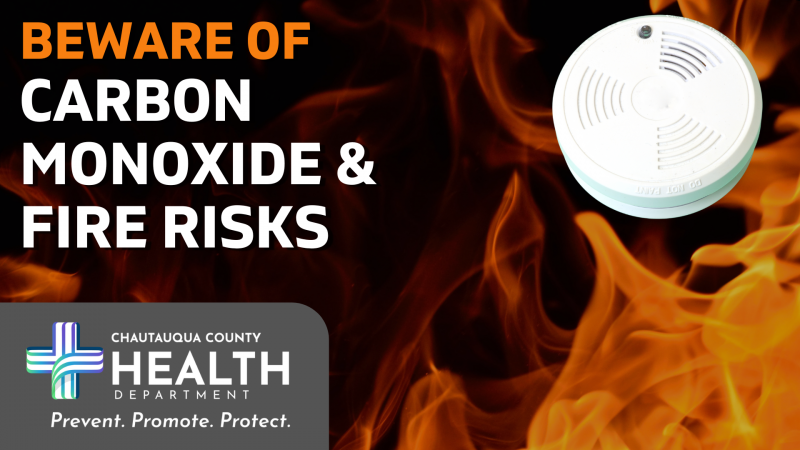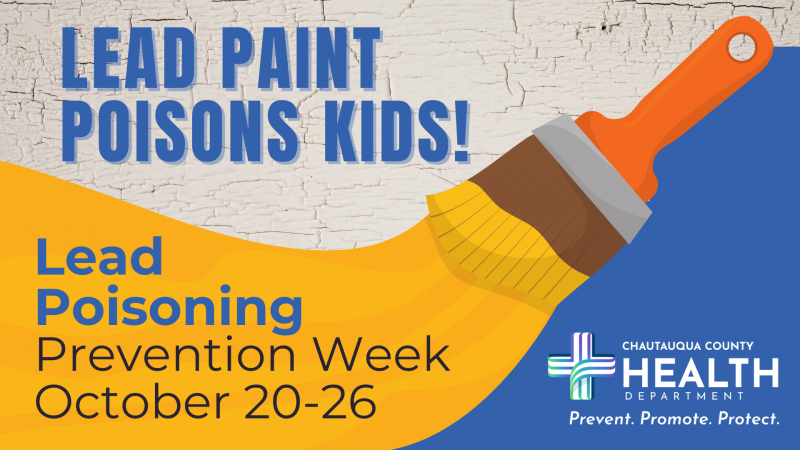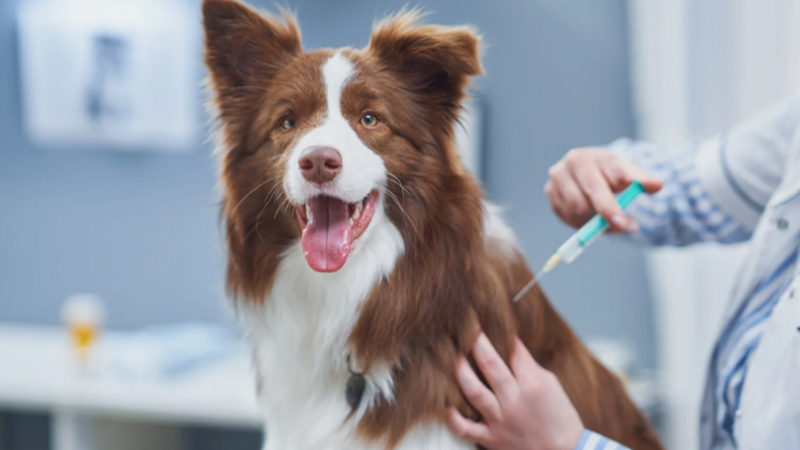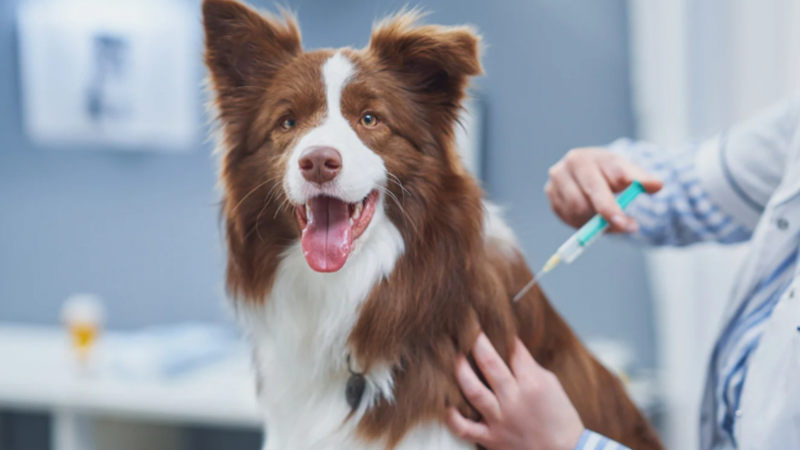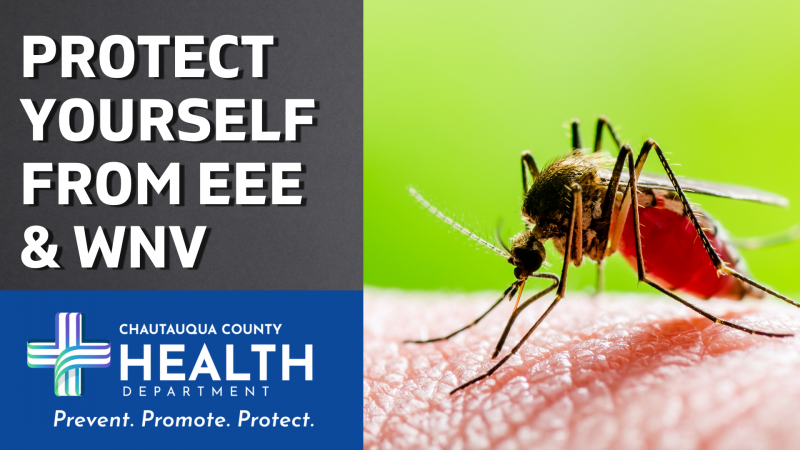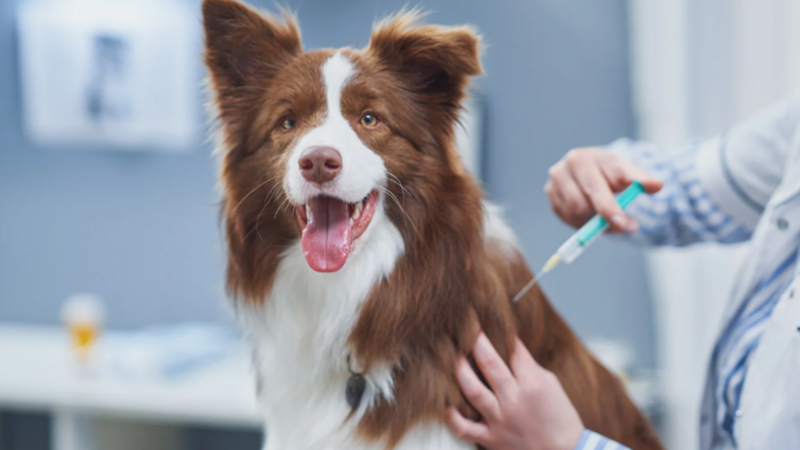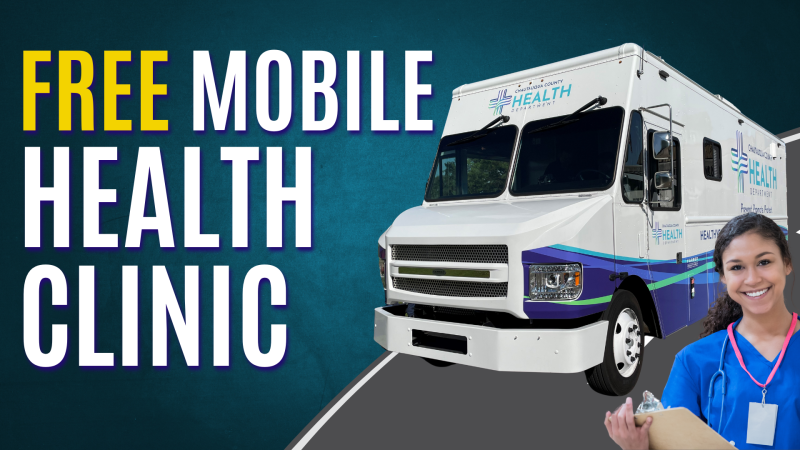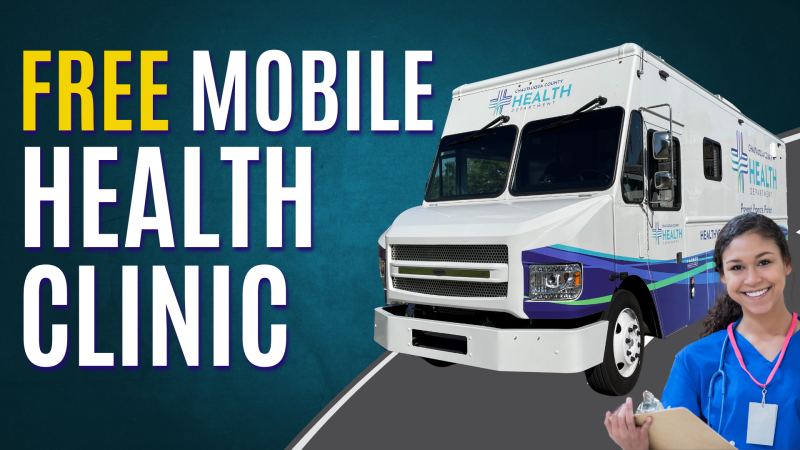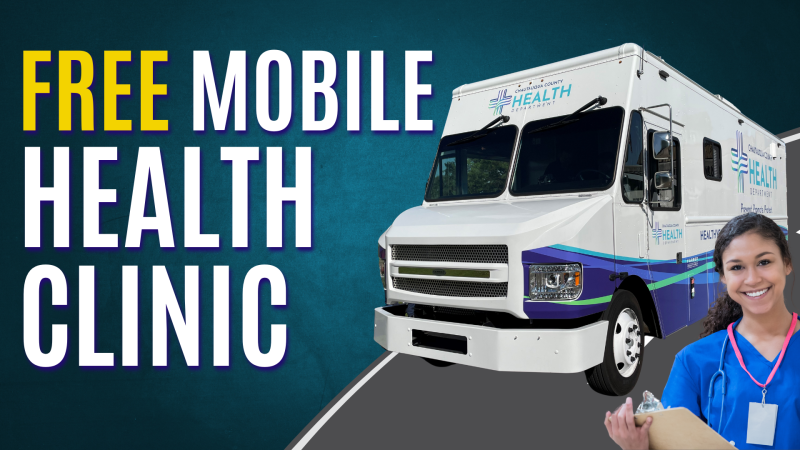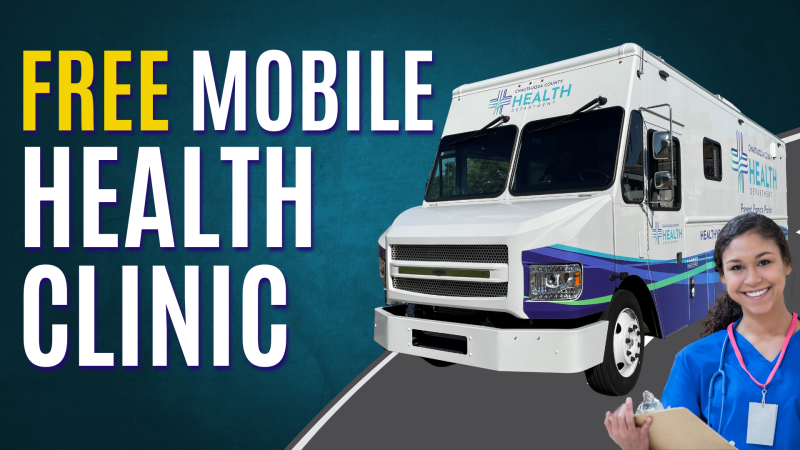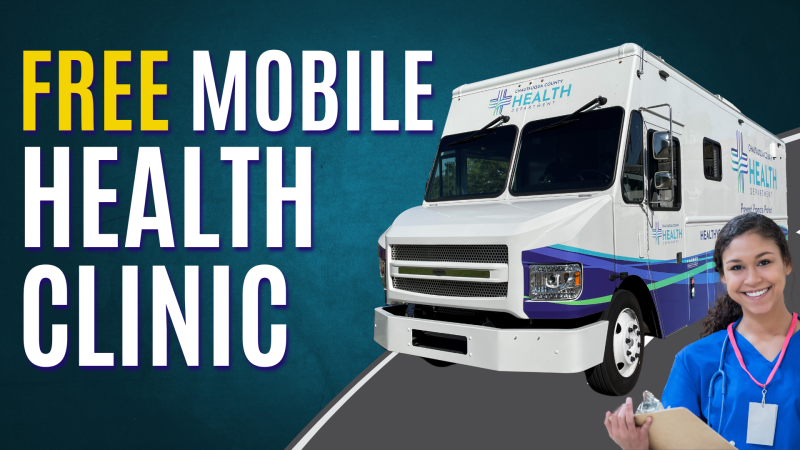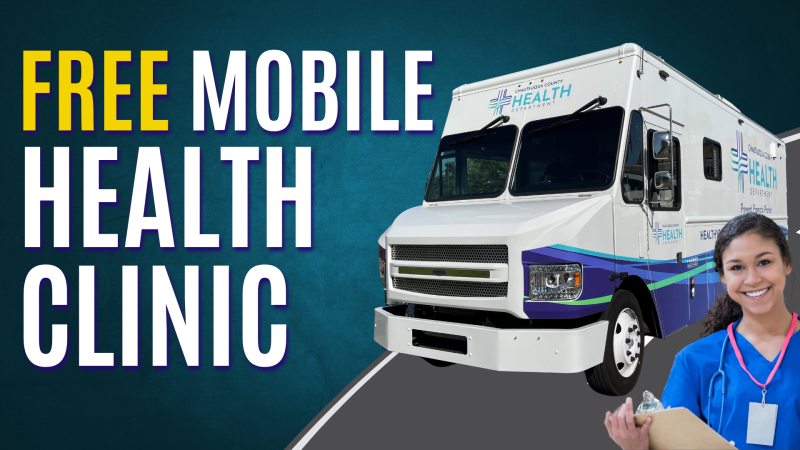View past newsletters
Hand Foot and Mouth Disease
 Hand, Foot and Mouth Disease (HFMD) is usually a concern for younger children but can happen in all ages. HFMD is caused by a virus and is most contagious in the first week of illness. Symptoms of (HFMD) usually include fever, mouth sores and skin rash. It can also show up on the buttocks, legs, and arms. The rash usually is not itchy and looks like flat or slightly raised red spots, sometimes with blisters that have an area of redness at their base. Fluid in the blister can contain the virus that causes HFMD. Keep blisters clean and avoid touching them.
Hand, Foot and Mouth Disease (HFMD) is usually a concern for younger children but can happen in all ages. HFMD is caused by a virus and is most contagious in the first week of illness. Symptoms of (HFMD) usually include fever, mouth sores and skin rash. It can also show up on the buttocks, legs, and arms. The rash usually is not itchy and looks like flat or slightly raised red spots, sometimes with blisters that have an area of redness at their base. Fluid in the blister can contain the virus that causes HFMD. Keep blisters clean and avoid touching them.
Hand Food and Mouth Disease Tips:
How does one get HFMD?
The CDC states people can get HFMD by:
- Contact with droplets that contain the virus made when a person sick with HFMD coughs, sneezes, or talks.
- Touching an infected person or making other close contact with them, such as kissing, hugging, or sharing cups or eating utensils.
- Touching an infected person’s poop, such as changing diapers, and then touching your eyes, nose, or mouth.
- Touching objects and surfaces that have the virus on them, like doorknobs or toys, and then touching your eyes, nose, or mouth.
Prevention measures
- The number one prevention measure for HFMD is washing your hands properly. Proper hand washing is using soap and water for at least 20 seconds or longer. You should be washing your hands often but especially after using the restroom/changing a diaper, blowing your nose, sneezing, coughing or before you care for another sick patient.
- Other prevention measures include avoiding close proximity to someone who is sick, avoiding touching your eyes, nose and mouth and clean possible infected areas.
- Find more prevention tips - CDC website
Learn More
- You can find more information on HFMD from the CDC
Head Lice
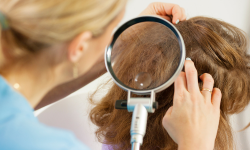 Head lice is a parasitic insect that can be found on the head, eyebrows and eyelashes of humans. These insects feed off of human blood and live close to the human scalp. This is mostly found in preschool through elementary aged children but can be spread to anyone with whoever may have direct contact with an infected person.
Head lice is a parasitic insect that can be found on the head, eyebrows and eyelashes of humans. These insects feed off of human blood and live close to the human scalp. This is mostly found in preschool through elementary aged children but can be spread to anyone with whoever may have direct contact with an infected person.
Spreading can happen with head-to-head contact, sharing of clothing such as hats, scarves or coats, or sharing hairbrushes or combs with an infected person.
Some signs and symptoms of head lice can include, but not limited to, tickling feeling of something moving in the hair, itching, irritability and difficulty sleeping or sores on the head from scratching. If head lice is found, the infested person should be treated with an over the counter or prescription medication. Steps to follow will be on the box. Other preventive measures that should be taken is washing and drying bedding, stuffed animals, curtains and anything that was in contact with the infected person two days prior, soaks hairbrushes and combs in hot water, and vacuuming the floor and furniture.
Bed Bugs

Bed bugs is a growing concern through some communities throughout the county. Bed bugs are usually found where people sleep but are not limited to that space. They can hide in seems of mattresses, stuffed animals, backpacks, clothes and more. Other places can include, but not limited to, are dressers, bed frames, head boards, curtains, couches, cracks and crevices.
Bed bugs bite people and can leave bite marks on their bodies. No known disease is spread through this pest. Some signs of bed bug infestation can include exoskeletons, bed bugs found in the folds of the mattress or box spring, rusty-colored blood spots due to their blood-filled fecal material or a sweet musty odor.
Bed bug bites usually do not pose a serious medical threat. The best way to treat a bite is to avoid scratching the area and apply antiseptic creams or lotions and take an antihistamine. Bed bug infestations are commonly treated by insecticide spraying.
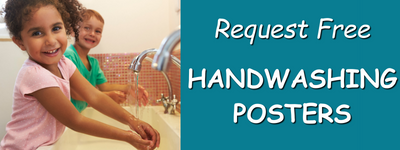
We have 11x17 handwashing posters that we can mail to you. The posters are great to hand in classrooms or bathrooms.
Please email us to request posters and include:
- Your Name
- School Name
- Address
- Quantity of posters needed

Prevention Works provides evidenced-based prevention and intervention services for youth and adolescents, addressing topics surrounding life skills, social skills, individual or family alcohol, tobacco/vaping, or other substance use. Educational sessions can include goal setting, self-esteem building, decision-making, coping skills, bullying, conflict resolution, chemical dependency in the home, internal/external peer pressure and media literacy.
View their Youth Program and Services Brochure
View past newsletters



